I am driving at 43mph in 7th gear. I could add another 150mph to that, such is the flexibility of the latest direct-injection, 4297cc Ferrari V8. First and foremost this is another highly desirable, super-fast Ferrari GT – the fact that it’s a more practical, useable machine is merely a bonus.
Who wouldn’t like to use this every day, or takes a week’s luggage in the boot and enjoy the car on a holiday? Quite.
The California scored a few firsts when launched in late 2008: Ferrari’s first front-mounted eight-cylinder road car, the debut of direct injection to Maranello, the introduction of a folding metal roof and an all-new, dual-clutch 7-speed gearbox.
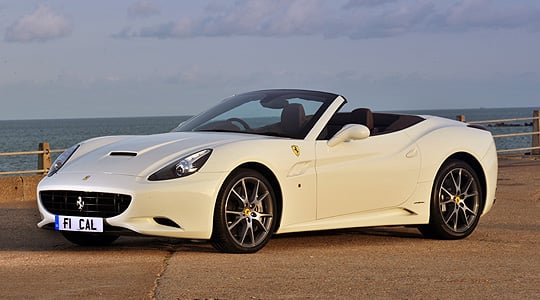
Its interior packaging gives it 2+2 seating for children in the back - or the option of a 'luggage-only' rear shelf. Bootspace (roof-up) is a useful 340 litres and the rear seatback folds to allow two golf bags, or snowboards, to be stowed securely. The gearbox gives the driver the smoothness of a torque-converter automatic with the delicious ‘snap’ change we love so much in ‘F1’ (the single, robotised clutch system) Ferraris, such as the F430 and 599 GTB.
The very name ‘California’ evokes images of dreamy drives to work in perfect sunshine, country clubs and a permanent parking space alongside a Malibu beach house. Yes... and fifth place at Le Mans in 1959, for a N.A.R.T. 250 GT Spider California driven by Tavano and Grossman.
Press the starter button and the engine booms into life - definitely more Hunaudières than Hollywood. The manettino on the other side of the steering wheel has just three settings: 'Comfort', 'Sport' and 'CST Off' (a track setting). There is no 'Race', or 'Ice', in the California.
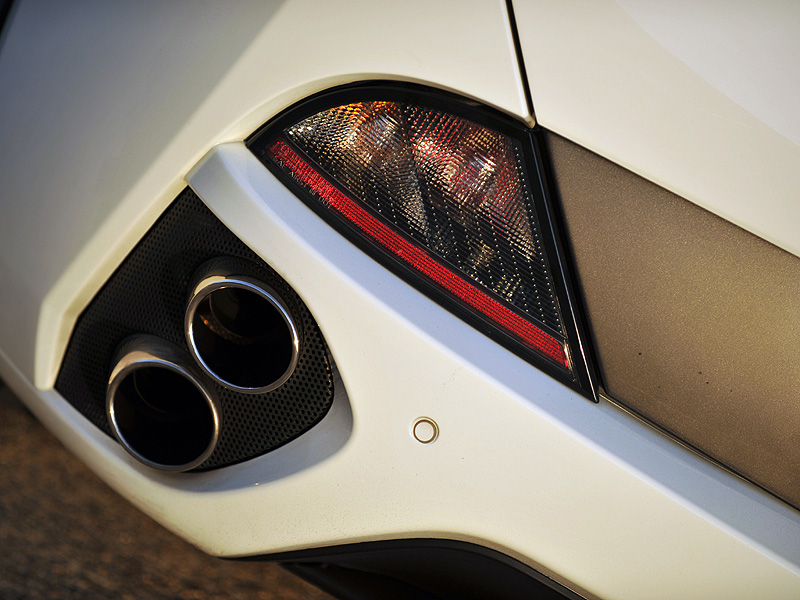
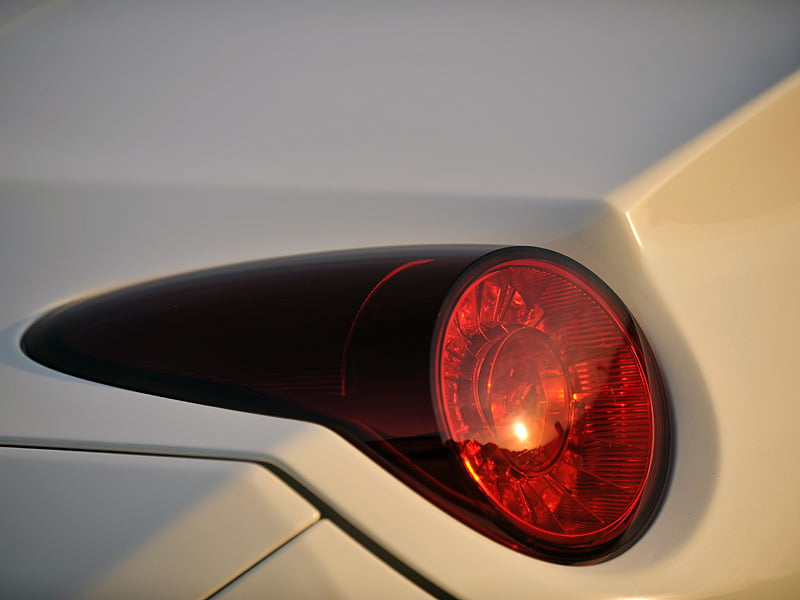
Before setting off it’s worth a look round the cabin, a gorgeous all-leather confection dominated by the central aluminium 'bridge' that serves both as passenger grab-handle and an exquisite piece of styling to join dashboard to rear transmission tunnel. It carries the roof and window switches, as well as 'Reverse', 'Launch' and 'Auto' buttons for the transmission. In addition to the generous door pockets, along each side of the bridge there’s oddment space for phones, keys and sunglasses.
Small touches maybe; but important when considering any car (let alone a Ferrari) as useable day-to-day transport.
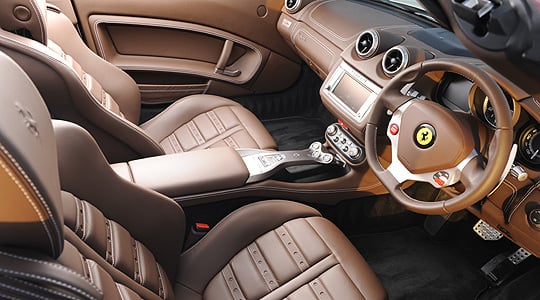
The electronic handbrake releases as first – or reverse – is selected. Pull back on the right-hand paddle and a bit of throttle will have the car moving away. It defaults to automatic – how it will be driven 80% of the time. The changes are good, although I would comment that, at lower speeds, moving from cog to cog in other Ferraris with the older-style gearbox (in auto) is now so accomplished that it's not that much smoother. Any car producing 460bhp (at 7750rpm), and 485Nm (at 5000rpm), will require strong old first and second gears.
Even leaving 'Launch' well alone, the performance is astonishing. The California has been tested elsewhere at well under 4 seconds for the 0-62mph dash and it feels like it. Ferrari’s 460bhp seems to equate to over 500bhp in other cars. Floor the throttle in second, third and fourth – in auto or manual – and the car will scream up the road.
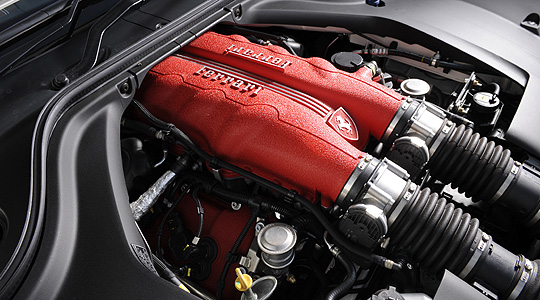
My preference on the open road is to change gear by hand, and you can mash the pedal to the carpet, pulling back as the rev-counter reaches nearly 8000rpm (with no lifting-off), and the next gear is engaged in an instant. No bang or crash, just a slight ‘pop’ from the exhaust. You can see why they have fitted this 'box to the new 458 Italia. My, is that going to be good.
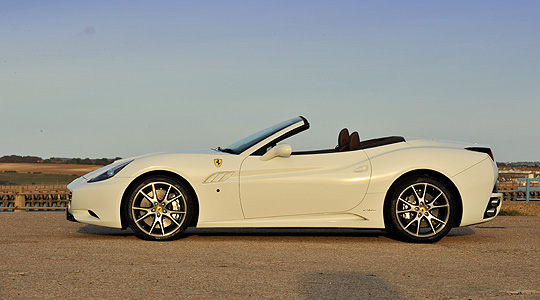
The test car was fitted with the optional Magneride suspension, as standard on the 599 GTB. Is the handling better for it? Or softer than an F430? Maybe ‘yes’ to the latter but it’s a sporting yet comfortable ride, much like the 612 Scaglietti or 599 GTB when driven with touring in mind. And, although still an imposing ‘grand’ Ferrari, the California feels smaller than its 4563mm x 1902mm dimensions suggest.
In fact, roof raised, it’s very much like the bigger V12s in styling and general manner. When open, the car can be driven at three-figure (pick your units of distance, here...) speeds for hour after hour. I did a round trip of around 200 miles on a sunny day in total comfort, roof down, including many motorway miles.
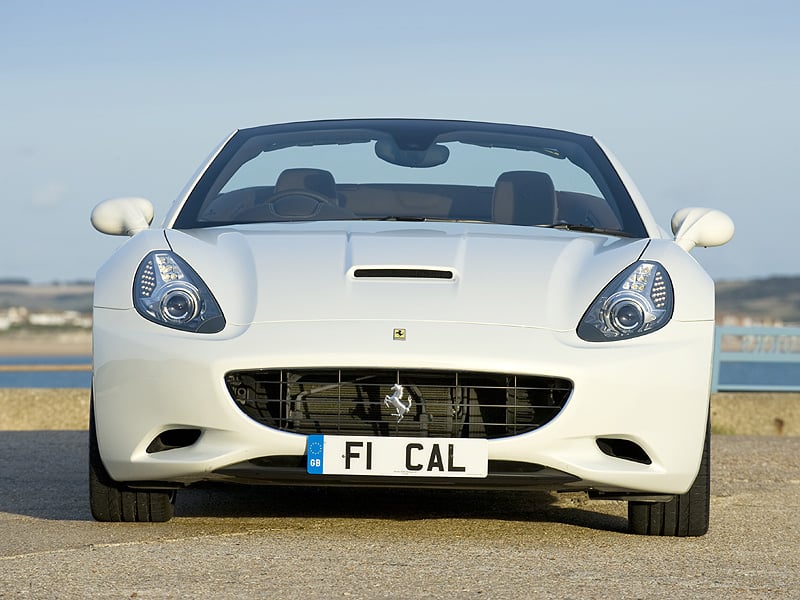
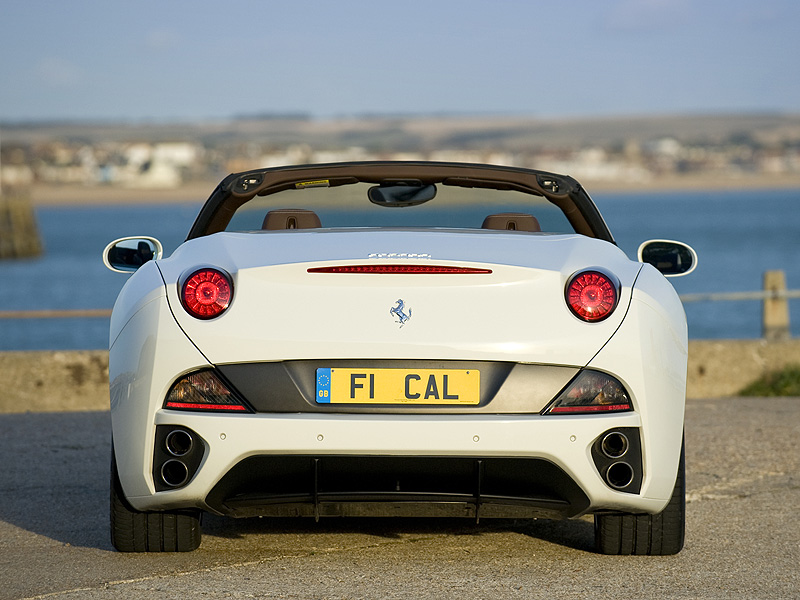
The seats are comfortable, however all is not perfect in the cabin as the windscreen does pick up odd reflections and the instrument console seems a little 'crowded'. Another extra fitted to our car was the Adaptive Front Lighting System. Call me old-fashioned, but I do like to see where I am going at night in a 193mph car and the headlamps were quite, er, brilliant. If you are ordering a California, do specify it.
Braking, as you’d expect from the 390mm front/360mm rear carbon composite material (CCM) discs, is astounding.
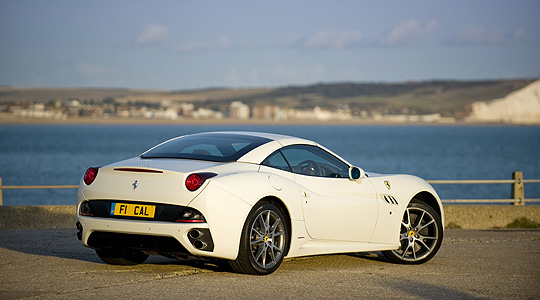
We did go through a bit of juice. I covered nearly 600 miles in the Bianco Avus Ferrari and average consumption was around the 17mpg (or 16.50l/100km) mark. More distressing was the tank’s range at this rate; I think 275 miles or so would be the maximum for the 78-litre fuel tank.
As tested, the car you see here costs nigh-on £155,000. However, considering that roof-up it has much in common with the 599 GTB, and roof-down the F430 Spider, you are getting two cars for the price of one. Makes sense to me.
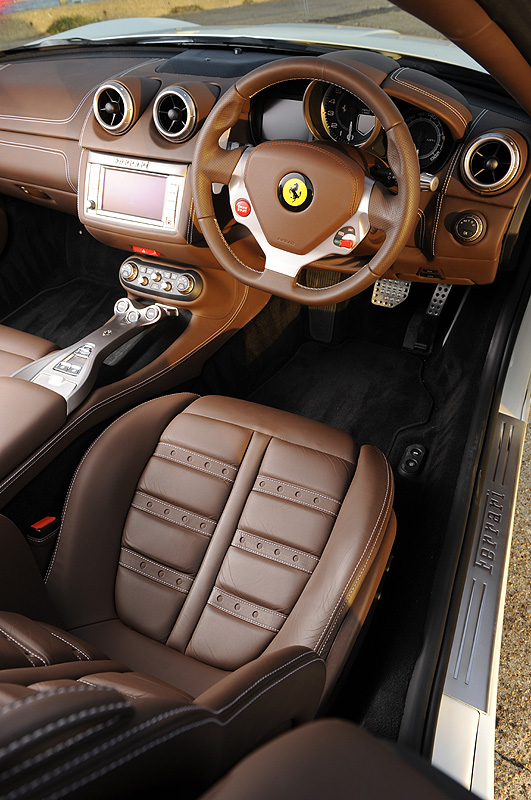
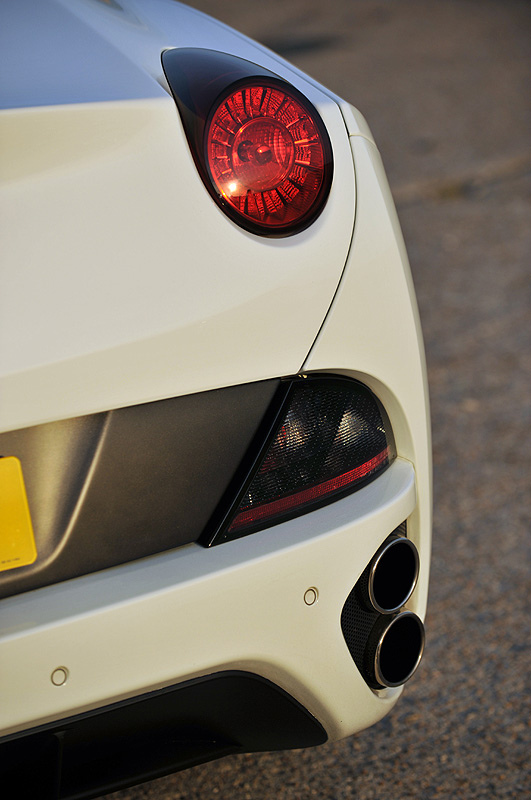
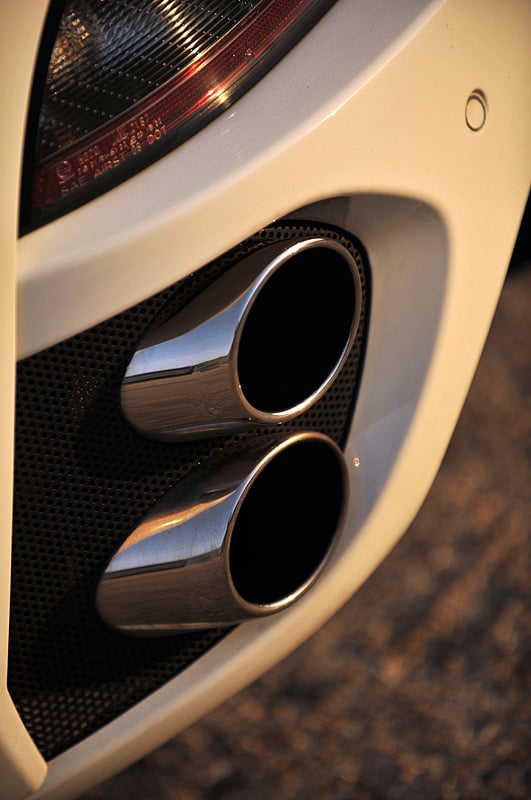
The car tested was a Ferrari California finished in Bianco Avus with Cioccolato leather interior and Nero carpets. It costs £154,488 'on the road' in the UK.
Optional equipment fitted:
Adaptive front lighting system
Brake calipers in aluminium
Cruise control
Central tunnel in leather
Armrest on tunnel in leather
Daytona-style seats
Colour upon request for dashboard – Cioccolato
A-pillars in leather – Cioccolato
Ferrari iPod connection
Scuderia Ferrari shields
Magneride suspension
20in diamond-finish sports wheels
All stitchings in colour – Bianco
Coloured steering wheel – Cioccolato
Electrically operated seats with heating and memory function
Navtrak security system
Tyre pressure monitoring system
Text: Steve Wakefield
Photos: Simon Clay
ClassicInside - The Classic Driver Newsletter
Free Subscription!













